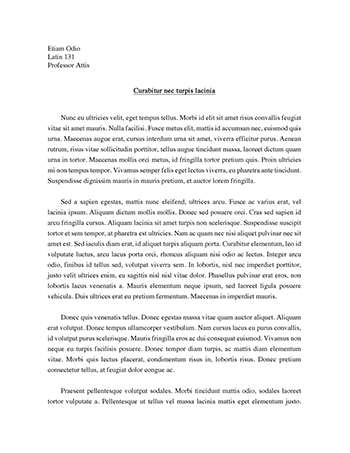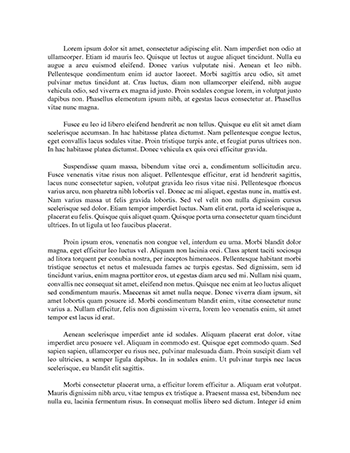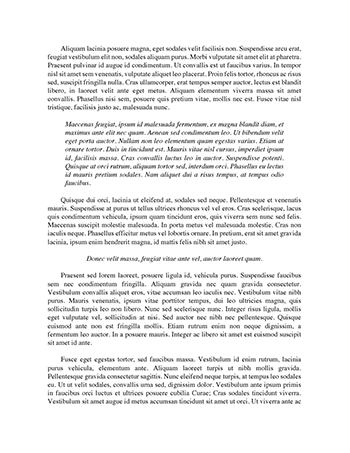
HIST 2057 ESSAY 1
expected to follow strict social codes of conduct. Throughout the nineteenth century a polite and courteous norm was considered as the ‘official’ culture of America. This proper group of reformers took matters into their own hands to try to control and end the debauchery caused by the public. These reformers built museums and libraries to influence a culture based on integrity and morality. Kasson, however, points out that this social disagreement is never fully installed into American society…
Words 1160 - Pages 5


